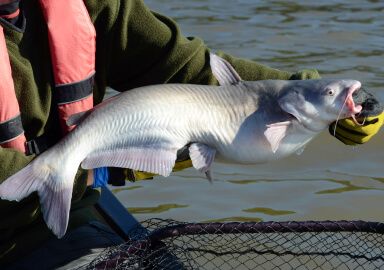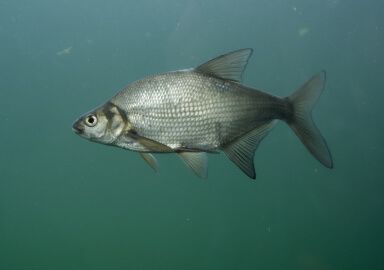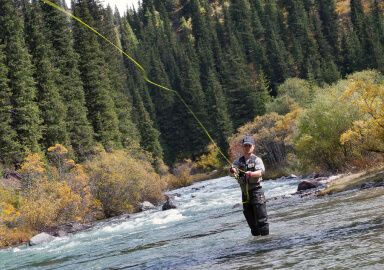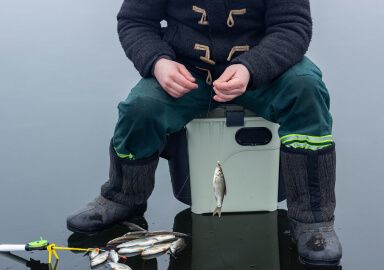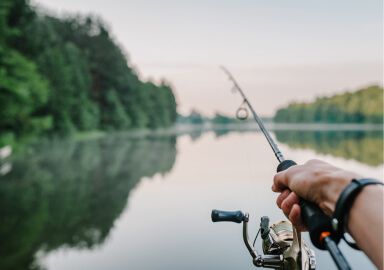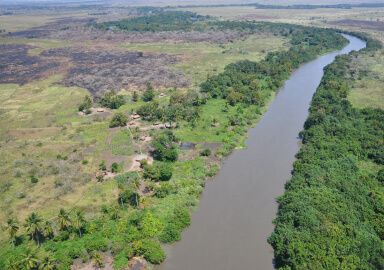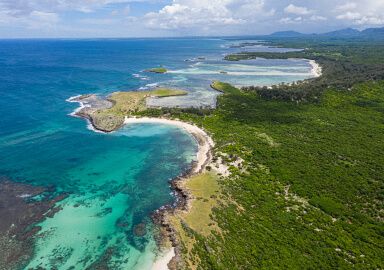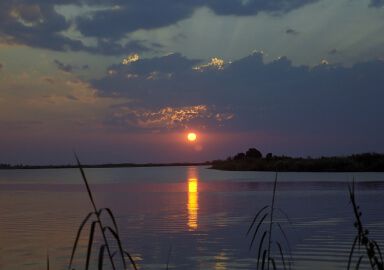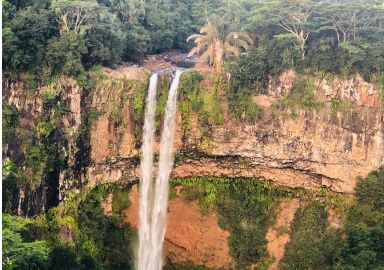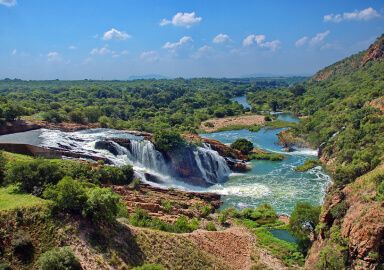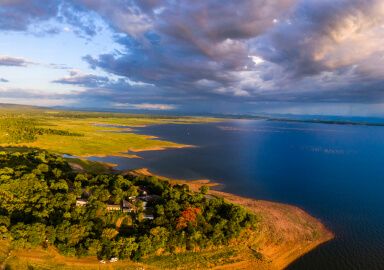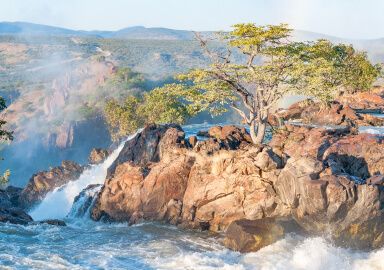Fishing in Eswatini
A small landlocked country in Southern Africa, Eswatini can offer first-class tigerish and bass fishing.
View 1 listing
1
listings
–
price starting from
4
fish species
–
to the nearest trip
About Eswatini
Eswatini, which until recently was called Swaziland, is a landlocked country in southern Africa. South Africa surrounds most of it, except for the east and northwest, where Eswatini bordersMozambique. There is an international airport at Mbabane, but most travellers enter by road from South Africa and use its well-developed travelling infrastructure. In size it is slightly smaller than New Jersey in the USA, with a population of less than 1.5 million people, most of whom are Christian. English is an official language and widely used. Most of the country is mountainous, with steep slopes in many areas. Eswatini waterbodies are limited, due to its topography, with only about 160 square miles of open water in a large number of smallish dams, there are no natural lakes. There are five large rivers in Eswatini that rise mostly in the highlands and flow out of the country.
Targeted Fish Species
In terms of indigenous species, the most well-known and exciting species is the African tiger fish, which is found in all the sizeable rivers and some dams. This species has a well-deserved reputation for being difficult to land in that its mouth is extremely bony, its teeth incredibly hard and sharp and it often leaps high out of the water shaking its head to dislodge a hook. It is also a powerful and strong fighter. Other favoured local species include the sharptooth barble (Clarias gariepinus) that can reach 49 kg. (108 lbs.), the Mozambique tilapia and some other tilapias. Introduced sport angling species include largemouth bass and carp. Bass fishing can be excellent in many small dams with good-sized fish being caught in often magnificent settings. Similarly, carp are found in most waters, both dam and river and, again, large specimens are often caught.
Fishing Techniques
The best technique to catch a good tiger fish depends on many factors including water temperature, clarity and the preferences and ability of the angler. The most exciting is probably fly fishing, followed by spinning, then live bait and, lastly, dead natural bait. When the water clarity is good, fly-fishing is an excellent way to start, but landing a good tiger is not easy. Only a small proportion of “takes” result in a landed fish, but even the takes can add to the excitement, anticipation and sense of achievement when a fish is finally landed. Spinning, usually using hard, strong, shiny lures, has similar difficulties and benefits and, for both, stout equipment is essential to set the hook. A steel trace helps reduce the number of “bite-offs” as tiger fish have very sharp teeth.
Bass fishing in Eswatini is similar to anywhere else. Spinning equipment is popular and light tackle makes for good sport even with smaller fish. Carp are generally slow-moving and feeding fish and casting suitable baits into dams, often using chumming, is most effective. Some dams have high densities of carp, and many have underwater obstructions and so medium equipment is best. Barble also do not move quickly and slowly spinning with drop shots or plastics can be great fun and effective. Otherwise, live or dead bait cast into likely spots can work well. Beware of crocodiles in dams when fishing from close to the water!
